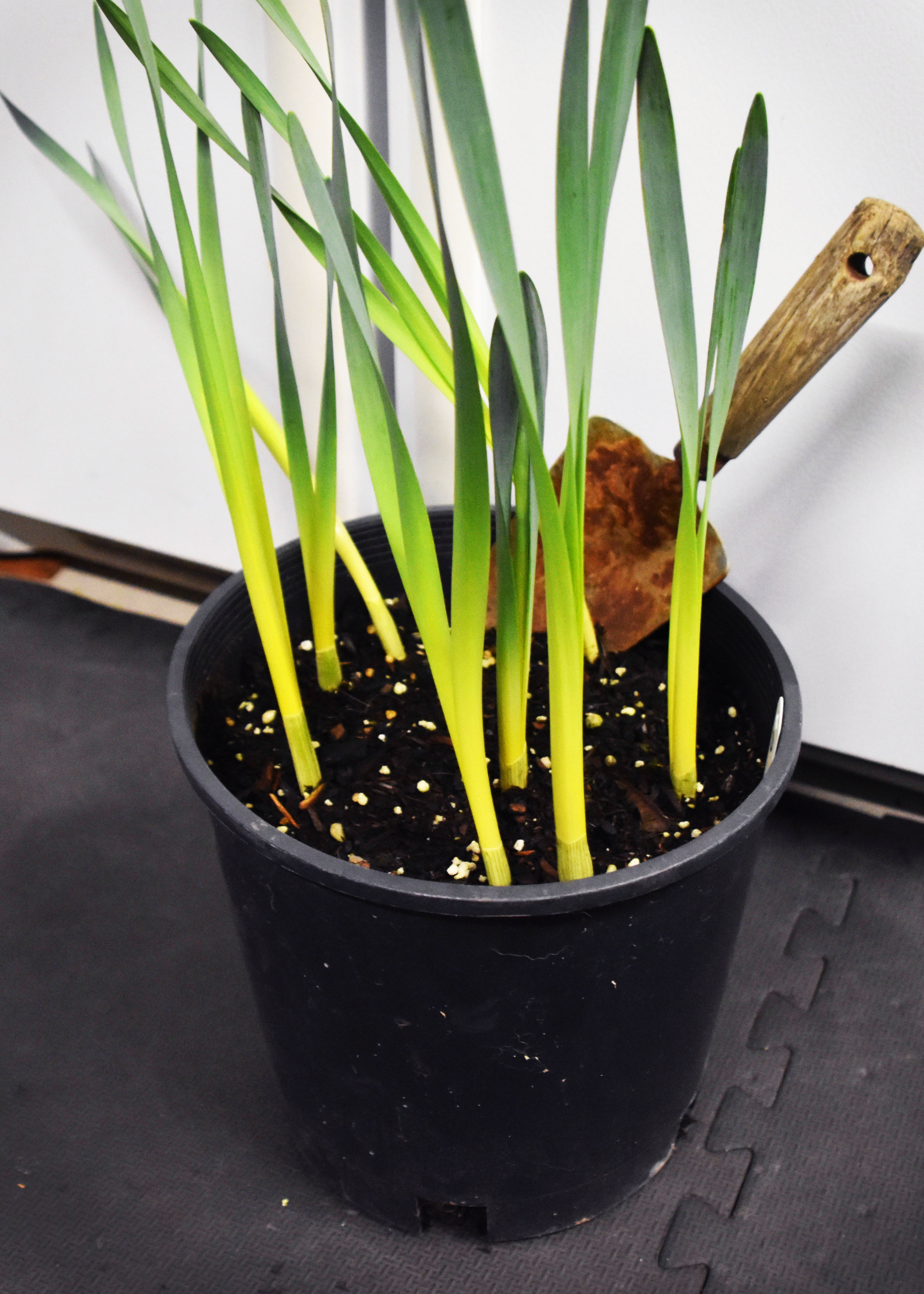Five tips to master a new language from home
Allison Vanderzanden | Lifestyle Editor
Learning a new language is a difficult yet exciting feat to take on. Though many college students take a class, it is possible to learn a language without paying for the credits. Follow these tips for learning a new language from the comfort of home.
Personally tailor the program: Since there is no specific curriculum to follow when learning from home, the journey can be taken in any way that works best for the learner. Are daily challenges motivating, or do long term goals personally work better? Is the language completely new, or does it just need brushed up on? Create a program with these goals in mind; choose a language learning app, workbook or online series and schedule time throughout the week as is seen fit.
Listen to how the language is really used: Listening to native speakers through YouTube videos, podcasts, movies and TV shows can all help by providing an example of how the language is actually spoken. Slow down the playback speed as necessary, and try reading only the foreign language’s subtitles. If someone asks a question in the video, pause it and come up with an answer as if practicing a conversation.
Read the language as it is really used: Reading the language in context, as opposed to out of a textbook, can help with understanding it better while also learning about the culture. Find news articles in the language, and use Google Translate as necessary. Graded readers are compiled short stories from the culture that generally have annotations for new learners. Language settings can also be changed on a website or phone.
Review, practice, repeat: There is a difference between simply memorizing something and actually learning it; reviewing material is a great way to cross the threshold. If using a language learning app — such as Babbel, Duolingo, Mondly or Memrise — go over previous lessons periodically, and say the words and phrases aloud as they appear. Also try combining previously learned words with new ones by writing them in a journal, or have a conversation with someone else.
Make learning fun: Repetitiveness and frustration can be discouraging when taking on the challenge of learning a new language, so stay motivated by making the experience fun. Listen to music in the language, and sing along to karaoke versions. Learn funny phrases, jokes or curse words alongside other material.

Contact the author at avanderzanden19@mail.wou.edu





